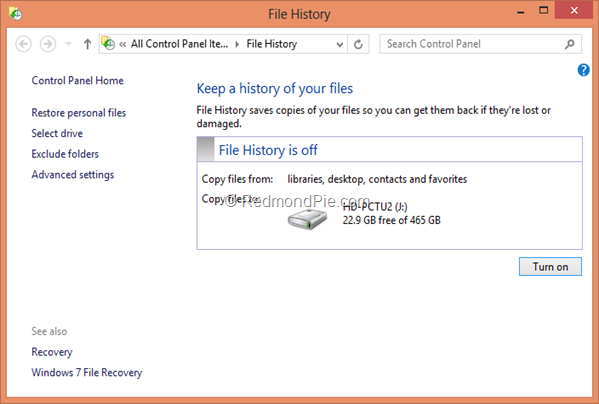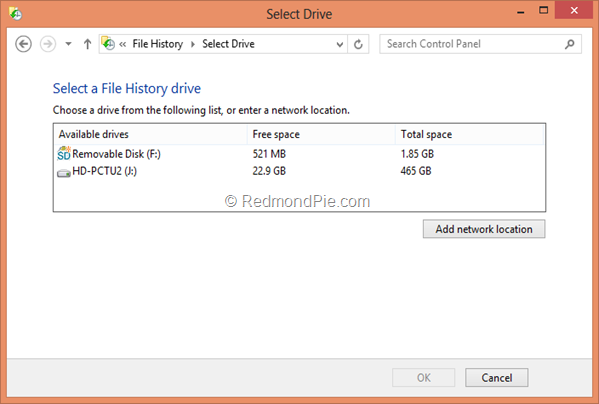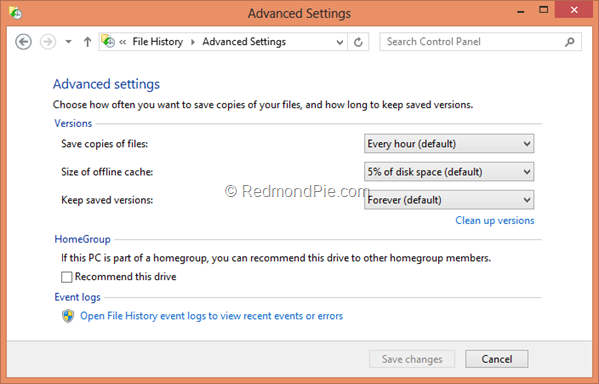There are certain changes in Windows 8 that are far better than any
other previous Windows version. With any operating system, or any other
device that stores your personal data, the most important thing that
users are concerned about is data security. You need to protect data
from malware, external attacks, hard drive crashes, corruption and what
not. While there are a lot of tools out there that help you achieve all
that, nothing beats the usefulness and importance of taking backups of
all the important files that you have.
The problem with that, however, is that you need to manually set up a
data backup solution on your Windows PC. You may even need to download a
third-party application and configure it as per need for an easy-to-use
solution. With Window 8, Microsoft decided to make things much easier
with the introduction of File History. Although similar to Shadow Copies
and File Versions from previous iterations of Windows, the concept that
File History adheres to is much akin to Apple’s Time Machine in OS X.
You configure an external storage medium – networked drive, external
hard drive or USB – and Windows 8 will continue backing up your personal
files and data to this location at pre-defined intervals.

File History is not enabled by default, so you’ll need to start it
first. You will also need an external backup drive attached to the
machine before doing so. To do so, hit the Start button and search for
File History. Under Settings in the search results, you’ll find your
required option.

You’ll notice that File History is off, and a Turn on button is
available at the bottom of the panel. The system will automatically
select the drive with most storage available, if you have more than one
configured or attached.

Under default conditions, File History will back up copies of your
personal files after every hour, and will indefinitely keep the previous
versions. By personal files, we mean everything included in your user
folder in Windows 8. However, you may choose to exclude individual
folders and locations if there’s something not that important. The
backup location can be changed as well, based on need.

All other configuration settings are available under Advanced
settings, where you can change the backup interval, size of the offline
cache (set to 5% of available disk space by default), and for how long
to keep the saved versions of files. If you have a HomeGroup set up and
the drive is attached to your PC (physically), you may recommend it to
other users of the group for File History, as well.

File History is one of the lesser known features in Windows 8, and
definitely one of the best ones that Microsoft has come up with in a
while. The utility works the best in networked situations, or if you
have a spare external hard drive available that all members of your
HomeGroup could use for their backup needs. Combine it with BitLocker to
protect the backed up data, and you have a pretty perfect solution
available for your data security needs.
No comments :
Post a Comment